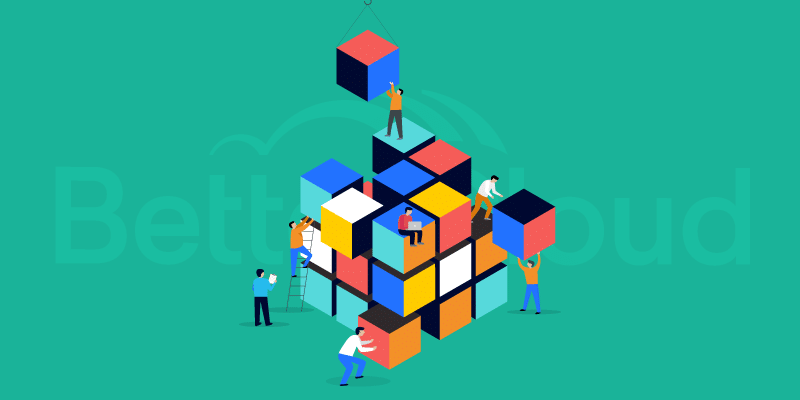Howdy from Texas: A Recap of Altitude 2017
November 9, 2017
6 minute read
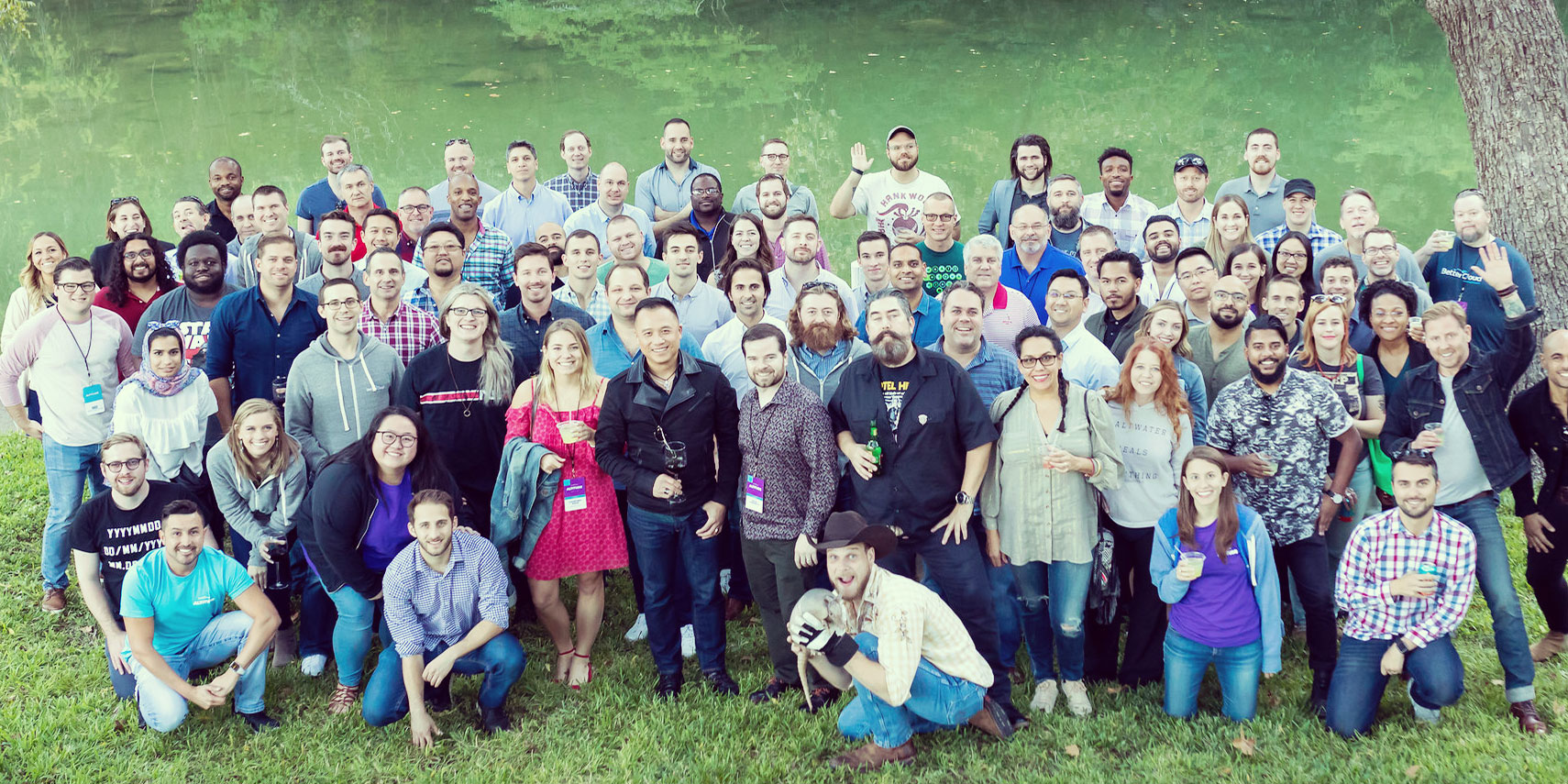
Last month we hosted Altitude 2017, our annual customer summit, at Brazos Hall in Austin, Texas. We filled the room with over 100 of the brightest minds in IT to explore the increased impact IT has on organizations, collaborate on technical strategies, and define today’s best practices.
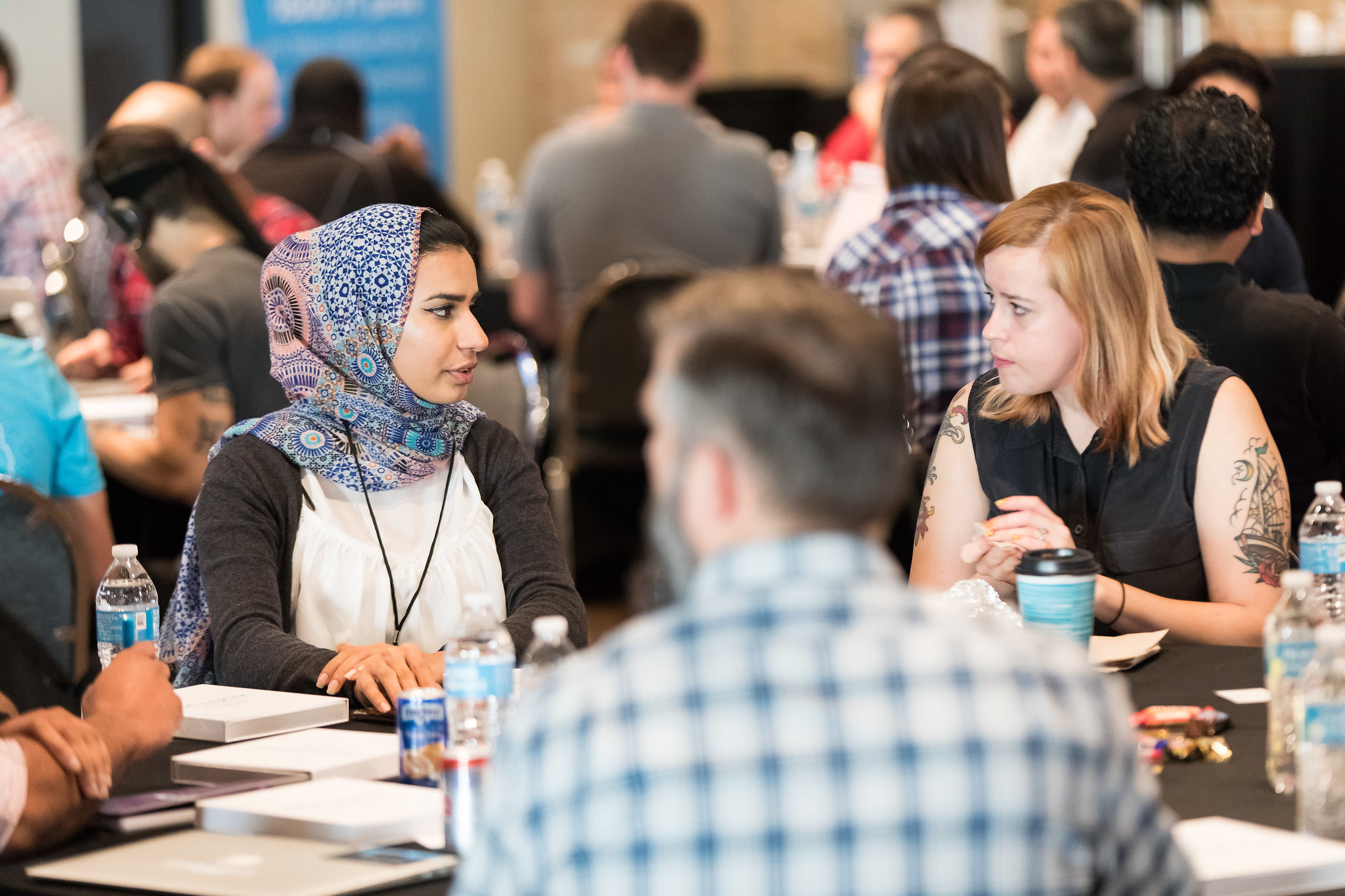

Altitude was an IT conference like no other. It was interactive and grounded in concrete IT processes, not theories, enabling attendees to refine their management and security strategies. It established a robust network of like-minded IT professionals. And it was also a chance for us to announce the release of some of our most exciting features—including our newest Box and Office 365 connectors, Dynamic Fields, Advanced Alerts, and support for Google Drive in the new BetterCloud—and receive early feedback on our roadmap.
The roadmap and enhancements covered at Altitude will enable IT to take action on more data types, enforce granular policies and workflows, and build custom roles that meet the needs of every kind of IT team. Moreover, the new BetterCloud will help IT gain greater visibility into their environment, manage data sprawl, and automate critical processes.
To give you an idea how the two days went down, here are the top nine takeaways from Altitude 2017:
1. George Westerman, principal researcher at the MIT Sloan Initiative on the Digital Economy, taught us how IT can demonstrate value and become better advocates for their own work.

George walked through the steps IT can take to own the value conversation with business stakeholders. The key is regularly showing IT’s impact on the metrics that matter to the business, including business generated, improved time to market, and realized revenue. He highlighted Intel’s Annual Performance Report on IT, which measures the services IT provides that are visible to the rest of the organization and perceived as critical to business outcomes and performance. This report serves as a great reminder for executives and the rest of the organization that IT is an enabler for the business, not just a cost center.
2. Ryan Donnon, IT and Data Manager at First Round Capital, shared how he stays top of mind with his executives.
Ryan explained that you need to be a salesperson for IT within your organization. He broke down how he uses yearly offsites and in-person meetings with executives to present important metrics, including cloud exposure, user counts on the most important tools, and high-level information on where data is stored. It seems simple, but building regular communication channels—ones that don’t involve requests for additional budget—with executives goes a long way in proving his value in the organization.
3. Uy Ut, CIO at Accel, explained why cloud-first IT professionals are in high demand and how they’re shaping best practices for every future cloud adopter.
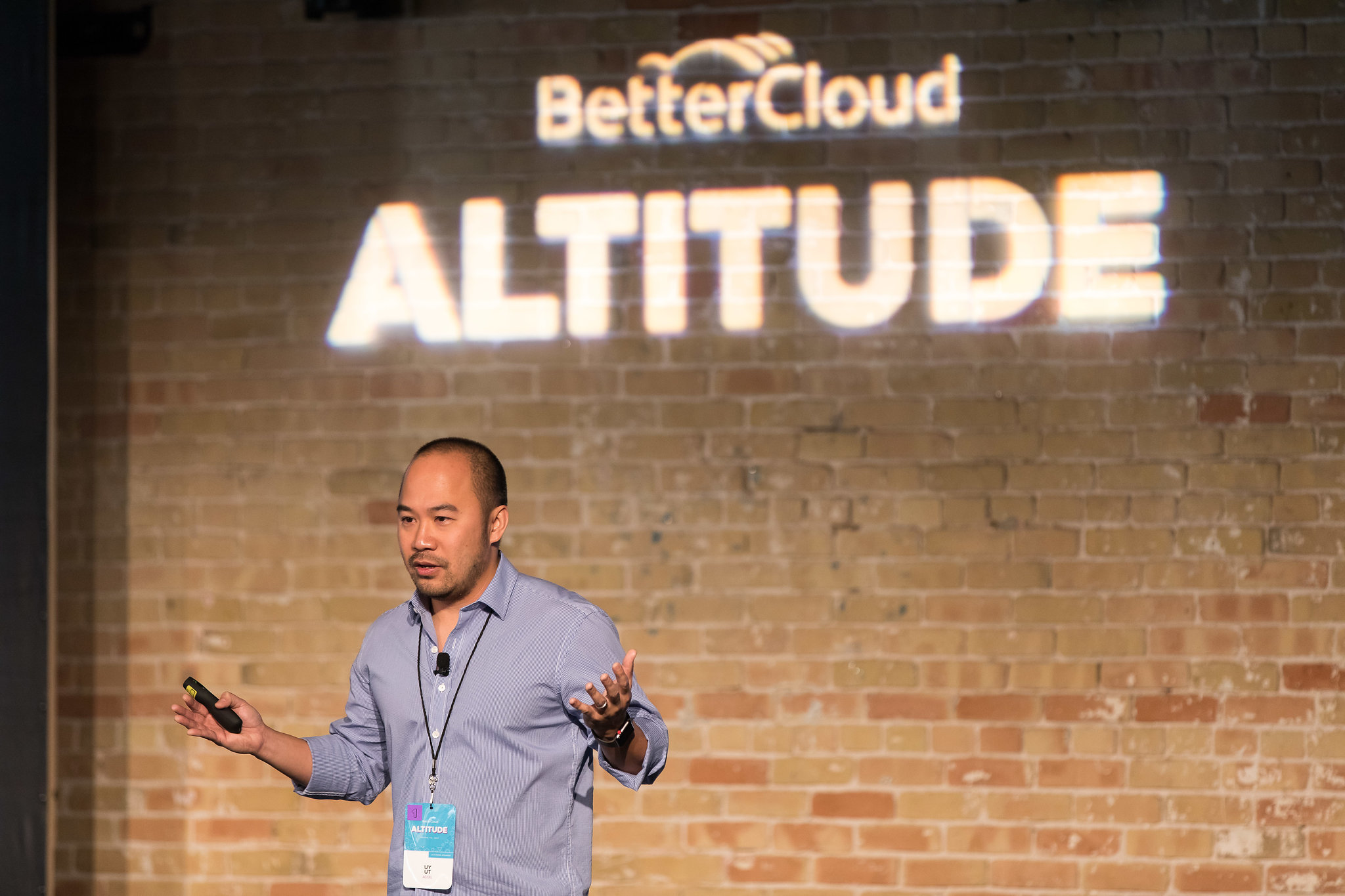
As a CIO at a venture capital firm, Uy is always thinking about how to help his firm’s startups find more cloud-first IT talent. He’s discovered that these cloud-first professionals are not only hard to find, but also in extremely high demand. Everything is cloud-based now, and the people with experience managing primarily cloud environments are at the forefront of the new age of IT management. Their skill set is unique, and they’re pioneering the best practices for the entire industry.
4. There’s no such thing as enough security, as we learned from our insider threats panel and email security presentation.
Daniel McClure, Supervisor of Tech Services at Warby Parker, and Rick Tucker, Cloud Engineer at Costco, agreed that there’s never a point where you have enough security. Threats are on the rise, and there are always more opportunities for hackers to get into your system through a backdoor. However, you also don’t want to implement dozens of security tools that create friction for your end users. BetterCloud’s IT Director Tim Burke also presented eight different email security protocols, which highlighted how deep IT can go down the security rabbit hole. The actionable takeaway from both the panel and presentation was that every organization should implement in-house tests, find their own vulnerabilities, and start by improving those numbers.
5. Our founder and CEO David Politis presented the first-ever framework for managing and securing your SaaS application environment.
From HR to finance to internal communication services, SaaS has not only revolutionized work, but also become the system of record for organizations’ most sensitive data. However, these applications create more challenges for IT professionals, including data sprawl across hundreds of applications, lack of visibility into their environment, and disparate admin consoles. The framework, which David recently wrote a book on, is based on a pyramid that stacks the most important tenets for controlling your SaaS environment.

You can learn more about the framework here and get a copy of David’s new book, Controlling Your SaaS Environment, on Amazon.
6. Shira Harrison, IT Director at Fullscreen Media, shared a methodology to translate business requirements into IT systems.
Shira kicked off her presentation with a frightening figure: More than 80% of businesses are misaligning their business requirements with their technical requirements, which is resulting in loss in revenue, redundant systems, poor opinions of IT, and dead-end solutions. She shared an example of a business challenge her HR team came to her with and walked us through her five-step process for aligning their challenges with possible IT solutions. Ultimately, her technical solution saved Fullscreen $100,000 per year and reduced the number of tickets filed by 90%.
7. Jennifer Candelario, CIO at Droga5, taught us how a little candy can go a long way when you’re trying to build relationships.
Empathy feels like a buzzword in business management, but as Jennifer illustrated, there’s a reason everyone talks about it. When Droga5 moved office locations, their IT department received a swanky new office and help center desk. Rather than letting IT hide in the corner, Jennifer insisted on putting out a bowl of candy and encouraged her team to really get to know their colleagues. By building relationships that extended beyond a business context, her team now strives to deliver the best customer experience for the rest of the company and, in turn, the business teams have empathy for the work IT does for them.
8. Peter Bilali, BetterCloud’s Director of Product, shared a helpful diagram to illustrate the difference between IDaaS vendors and BetterCloud.
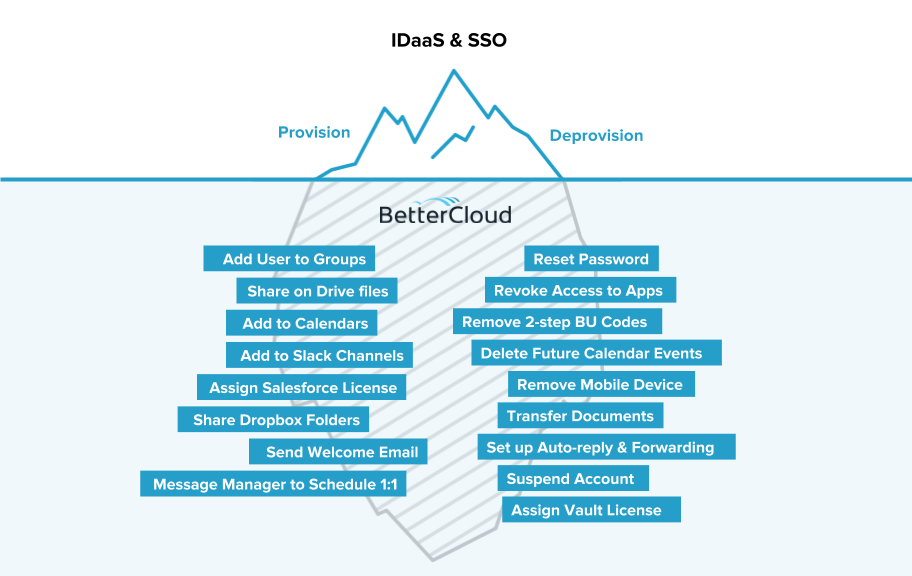
At BetterCloud, we receive a lot of questions around our competitive differentiations from IDaaS vendors. Our product is not competitive with these vendors; it’s actually rather complementary (in fact, we’ll be announcing a new connector with a well-known IDaaS vendor in 2018). Peter shared this diagram that clarifies the differences. At a high level, IDaaS provides provisioning and deprovisioning for all of your applications, while BetterCloud takes care of all of the other management tasks required to truly onboard and offboard users.
If you would like to learn more about BetterCloud’s product functionality, you can request a demo here.
9. IT loves karaoke and armadillos.


You didn’t think we’d host an event without karaoke, did you? In true BetterCloud fashion, we threw an awesome Texas-style party to celebrate a great event with our customers.








